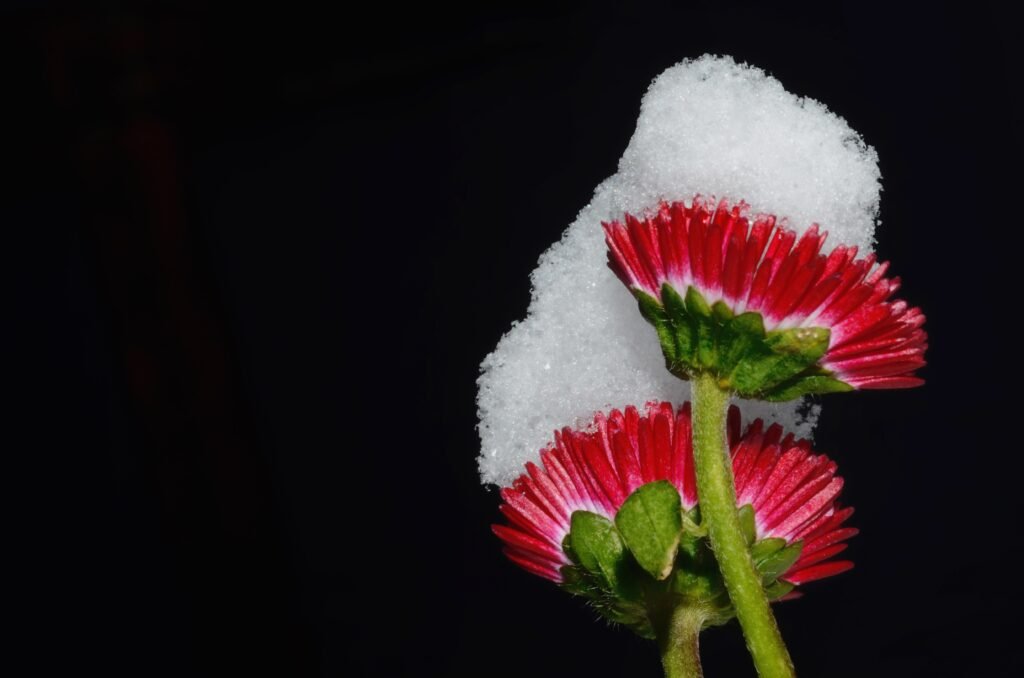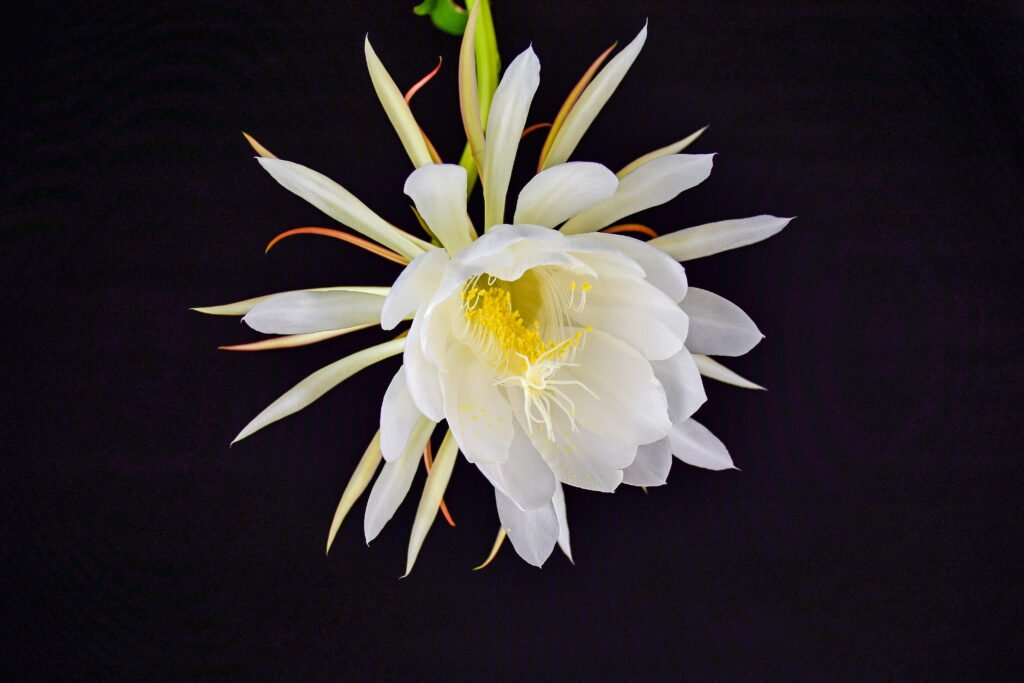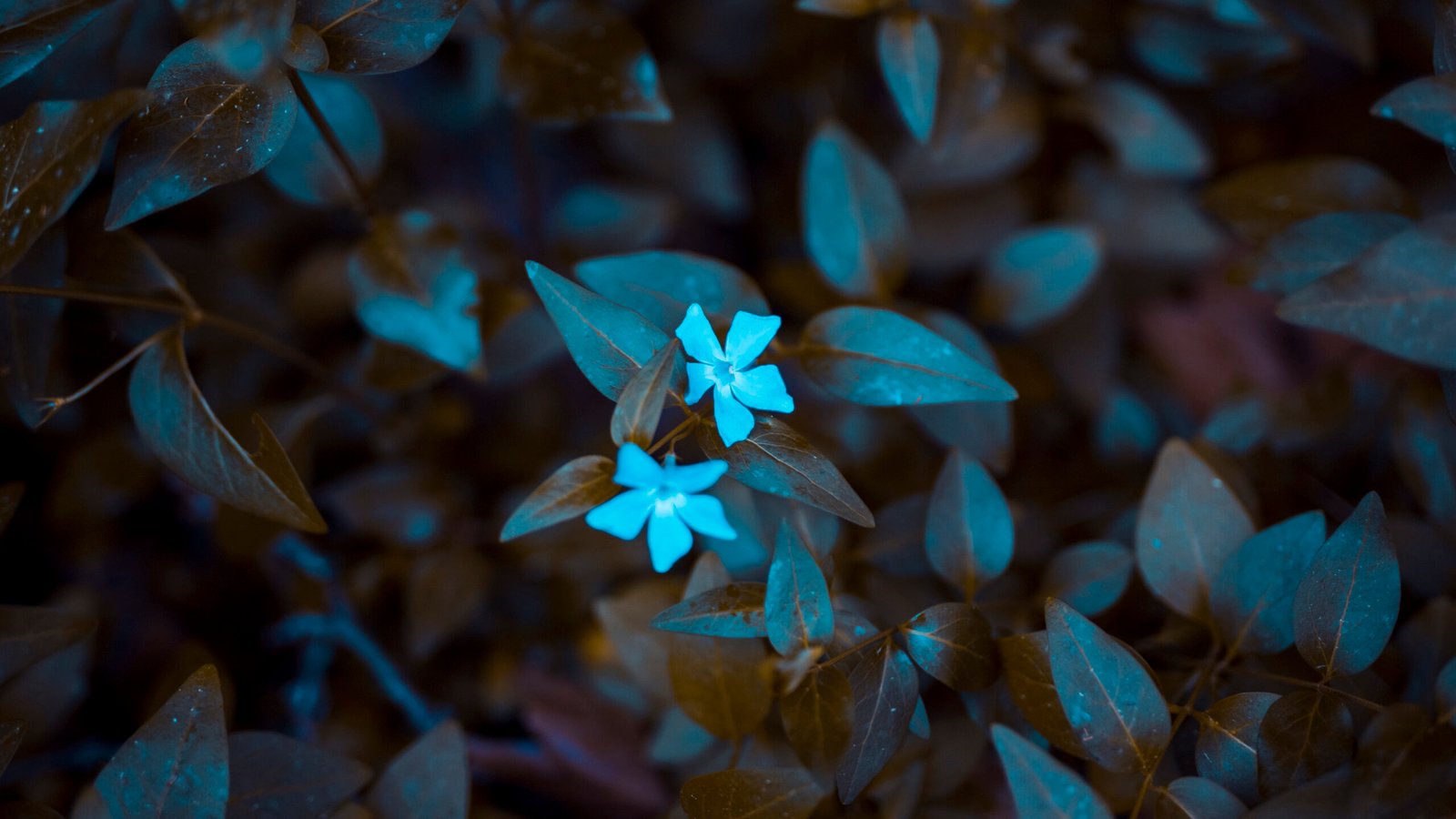Moon garden The garden is made to relax and hang out during the long summer days. When the sun goes down, it becomes a magical place in the dark, but nothing more romantic than walking in a moon garden at night and seeing plants glowing eerily under the moon’s influence. This may sound like a fairy tale, but it doesn’t have to be.
You only need silver and white plants to create a moon garden.
To create a moon garden, all you need are silver and white plants. We will be enchanting plants and tips for hosting a dreamy moon party once your garden is ready.
What Is a Moon Garden?
Moon garden plants have white flowers and silver or variegated foliage that shines in the moon’s reflected light, making them feel mystic and romantic. Evening fragrant flowers are also part of a typical moon garden. In addition, light-colored hardscapes and accessories enhance the nighttime appeal of a garden.
Nature’s Sounds
At night, seeing anything besides the limited color spectrum and perceived by our eyes becomes difficult. This gives white flowers and foliage an ethereal quality as they seem suspended mid-air, with green foliage blending into darkness, creating a magical spectacle. As dusk approaches, we become more aware of the world, our senses come alive with heightened awareness for sight, sound, and smell on every side. Nature’s sounds, fragrance, etc., can be experienced outside in sensory ways.
Moonlight Garden Design
You do not have to decorate the whole garden with moon plants. A small part of a patio or a remote corner of your yard can transform into a night garden, a serene place to think or enjoy wine with friends.
Choose a location
Put your moon garden in such a way that it is easily reached, or select an area that can be seen from the veranda, balcony, or indoors.
Select an open space for sky-gazing and moonlight illumination.
Watch how light and shadow interact to create more mystery and interest.
Include various parts
It may include any combination of plants, hardscaping materials, and ornaments. Depending on the money available and available space, you may go for something simple or intricate.
Hardscaping
White-colored stones like pebbles and flagstone white marble chips can be used to emphasize areas of the garden. Paint the wall behind white or add a white lattice trellis or other screening supporting vines.
Pathways
The paths should be well-lit at night for safety. Mark the pathways with light-stone gravel or white flagstones. Install soft solar lights and any other form of artificial lighting.
Seating
Put on a cozy chair or a bench to relax and enjoy the garden. Bring small tables to place your cup of tea or wine glass. Add a candle holder to this table to give it subtle illumination and mood.
Accessories
Decorate your space with add-ons like reflective gazing balls, metallic wall art, and stone statues painted with lighter colors such as cherubs, buddha, or stone lanterns.
Lighting
On cloudy nights or when there is no moonlight, add secondary lighting. Make sure it’s subtle enough not to overpower the natural light from the moon. String lights could be hung above patios or along fences, while candles, lamps, and tree uplights may be used.
Engage the senses:
- Present objects that will involve eyesight, smell, and noise in your garden
- Even a little fountain cascading sounds like moving water at night, which also pictures the reflection of moonlight.
- Create a habitat that draws nocturnal sounds like crickets and frogs
- Incorporate plants like ornamental grass or bamboo that shake gently in the evening wind.
The seating area should have night bloomers with strong smells.
Extend on a theme
To further emphasize the sky-like theme, include plants with star-shaped blooms, create planting beds shaped like crescent moons, add star and moon-shaped embellishments, or hang a string of twinkling lights simulating stars. You can be creative and have some fun!
How to Create a Moon Garden
Like any garden, when selecting plants, one should consider the type of soil and sun exposure in that area. On the other hand, there are other factors to consider when planning a moon garden.
Pick Colors to Reflect the Moonlight
After identifying the plants that will thrive in your area, you can start having fun by picking the best nighttime ones. “Go for flowers or foliage-only plants which reflect most moonlight or low light,” recommends Gorchels and adds, “White- to silver-color families work best.” He recommends beginning your moon garden with large bloomers such as snowball hydrangeas or white lilies.
Time It Right
From this perspective, you need to remember when your garden plant blooms so that at least three seasons have activities in your moon garden:
Examples of early spring bloomers include tulips, creeping phlox, roses, and snowdrops.
Through the season, however old, they may be replaced with new summer bloomers such as Shasta daisies, Queen Anne’s lace, sweet alyssum, climbing hydrangeas, and calla lilies.

Towards autumn, ensure your garden keeps blossoming using white chrysanthemums and pansies.
Silvery leaves go well with these white flowers, such as lamb’s ear, dusty miller, Russian, and silver sage. Add variegated plants for more texture and interest, like the hosta ‘fortunei albomarginata.’
Quick Tip: Mulch around Hosta ‘Fortunei Albomarginata’ to retain moisture and prevent weeds, keeping your plant healthy and vibrant.
Consider Time of Day
When picking out garden bloomers, consider the time of day besides seasonalities. African daisies (osteospermum) are white flowers whose blossoms retreat into darkness or even overcast conditions and can’t be seen at night. However, evening primrose is aptly named because its flowers open in the evening and remain open until morning.
Consider Fragrance
“Flowers that become more fragrant at night also make up another part of moon gardens,” explains Gorchels. In addition to this, these sweet-smelling flowers attract moths and other pollinators to your moon garden.
Other possible fragrant-blooming moon garden candidates may include white/silver petunias or white dianthus. Nothing is better for a flower bed border than the scent of white alyssum.
Tips for Making Your Moon Garden More Magical
You’re on your way to a sublime moon garden if you mix some of the plants mentioned earlier. You can make it even more magical by adding other little touches.
Noise: “Trickling water features and wind chimes make peaceful music that is very good for winding down in the evening,” Damiano said.
- Walkways: You could go through your moon garden to enjoy its splendor by constructing pathways.
- Seats: Fleming says, “Another great way to enjoy the outdoors is to add a seating area such as a quiet bench, romantic bistro table for two or perfect long teak table for midsummer’s night dinner party.”
- Lights: In your moon garden, you may need some extra light; thus sunlights are added here and there, while lanterns and candles would be properly placed along paths or at strategic points where they could define or highlight something special at night.
Moon Garden Flowers and Plants
Like any other garden, consider choosing plants that match your gardening zone. It is not necessarily a deal breaker to choose plants for a higher zone than yours. This only means that these plants will need to be replanted annually rather than regrowing each year as a perennial.
Snowball Hydrangeas
These large, showy flowers help anchor your moon garden and look like big, round snowballs. In June, they start pale green and eventually turn into white blooms, like snowballs that remain on the plant all through fall.
Lamb’s Ear
This foliage plant glows with silvery leaves during moonlight nights. It is a drought-tolerant, fast-growing ground cover for full sun or partial shade – three-season interest.
Queen Anne’s Lace
In the evening, this robust plant has thin, delicate petals that are so white that they appear to shimmer. It is a summer-season flower that thrives on lack of care, grows well, and spreads its seeds so quickly that some consider it a common weed. Prune off the heads of flowers before they set to prevent the spread of taking over the yard. They make for stunning cut flower arrangements!
Sweet Alyssum
This low-growing variety works great as both groundcover and a border plant; hence, its fragrance earned the sweet alyssum. It blooms early in spring, dies out during summer, but returns in fall. Try ‘Easter Bonnet,’ which blooms bright white.
White Rose
A moon garden can have white roses of any kind. Look for Rosa’s ‘iceberg,’ a floribunda white rose with romantic flowers that will continue blooming constantly during summer.
Moonflower
These drought-resistant climbing plants have bright-white flowers that shine at night. Beginning in mid-summer and continuing into fall, they flower in the evening, exhibiting themselves best when the sun sets, making them ideal for moon gardens. Additionally, they smell like lemons.
Evening Primrose
Evening primrose is a biennial wildflower that blooms at nighttime, attracting nocturnal pollinators such as hummingbirds. Its foliage is slightly hairy, while its yellow lemon-scented flowers bloom all summer and autumn.
Night-Blooming Jasmine
Night-blooming jasmine is a rapidly growing deciduous shrub famous for its strong fragrance and colorful blossom—white, yellow, pink, or green—that opens in the evening. Furthermore, flowering plants can produce purple, white, and red berries this summer.
Gardenia
Gardenia is an evergreen shrub known for its white or cream-colored flowers and its intense jasmine-like fragrance. It usually develops from late spring till autumn and blossoms overnight, thus gaining popularity as a desired choice.
What is Flowering Tobacco?
This multi-colorful bloom is admired for its scent. Plant it just outside your window, and you will inhale the relaxing fragrance of jasmine every time you open it. It blooms only at night during summer and fall or when the temperature is low. This plant contains nicotine, as you would expect, and it’s poisonous to people and animals.
Caring for Your Moon Garden
Depending on the plants you have and your geographical location, the maintenance of a moon garden will differ day after day with scheduling for water. However, one important idea to remember is to pinch off the dying blossoms before they can have a chance to seed. “This will help the plant save its power for more flowerings,” claims Fleming.
Also, you could trim large shrubs and trees to guarantee that all your plants get sufficient sunlight and can shine beautifully at nightfall in an unclouded moonlight.
How to Throw a Moon Garden Party
Of course, the best moment of relaxation and adoration of a moon garden is at night. Gorchels said, “One of my favorite entertaining events is having friends over on a full moon night and enjoying the garden.”
“Invite people specifically to come and see your moonlit plants,”
He adds. You might even spot luna moths or other nocturnal animals stopping by flowers in the backyard.
Here are some ways to set the mood:
- For times when there won’t be any moonlight, add Adirondack chairs, cushioned benches, or rocking chairs with side tables where you can place votive candles or solar lanterns.
- Put through your garden path using white gravel or light-colored flagstone to make walking around during the evenings easier.
- Paint the background fence or create a white trellis to accentuate your garden area.
Quick Tip: Hosta ‘Fortunei Albomarginata’ thrives best in partial to full shade and well-drained soil. Keep the soil consistently moist but not waterlogged for healthy growth.

FAQs:
How do you make a moon garden?
Plant silver, white, or light-colored flowers and foliage that glow in moonlight. Add fragrant plants and soft lighting for a dreamy effect.
How to plant a garden by the moon?
Follow lunar planting cycles. Sow seeds during the waxing moon and prune or weed during the waning moon.
What is the purpose of the moon garden?
A moon garden creates a serene, reflective space to enjoy at night, showcasing plants that shine in the moonlight.
Which plants grow in moonlight?
Night-blooming jasmine, evening primrose, silver dust, and moonflower thrive and bloom beautifully under moonlight.

